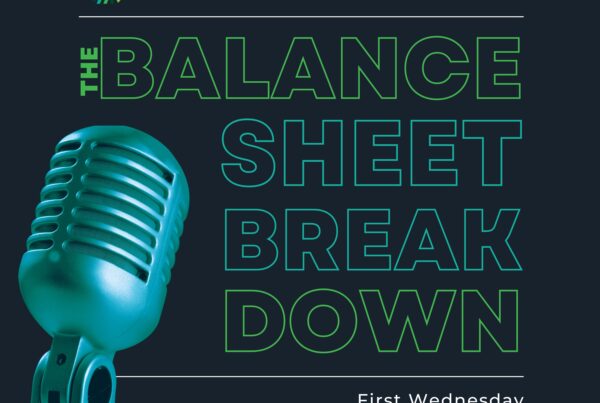Since its creation in 2012 the individual mandate, or “shared responsibility payment” was imposed on all taxpayers who failed to have health insurance coverage for at least 9 months of the year. As part of the Affordable Care Act, the purpose of the individual mandate was to compel a wider range of people to buy health insurance, rather than just those who are sick. The idea was to widen insurance risk pools thereby reducing the premiums of the health insurance policies. The penalty is self-reported and paid with the federal income tax return for the year in which the taxpayer had no coverage. The penalty is either a flat dollar fee or 2.5% of yearly household income, whichever is greater, and is capped at the yearly premium for the national average price of a Bronze plan purchased through the marketplace (which was $3,264 for an individual in 2017). It is paid only for the months which the taxpayer didn’t have coverage. It was created with the idea that more people would be compelled to purchase health insurance so as to avoid the penalty, and if they were subject to the penalty in one year, they would purchase coverage in the next.
When the Tax Cuts & Jobs Act (TCJA) was signed into law by President Trump last year it was a major relief to many taxpayers that the individual mandate penalty would soon be gone. On January 1st of 2019 the penalty will be repealed as a result of the TCJA.
According to the Congressional Budget Office, in repealing the mandate, the number of uninsured individuals could increase by 13 million by 2027, but at the same time reduce federal deficits by nearly $338 billion. Taxpayers will have to comply with the mandate one more time when filing their 2018 returns in April, but will be glad to avoid the penalty in 2019 and beyond.





